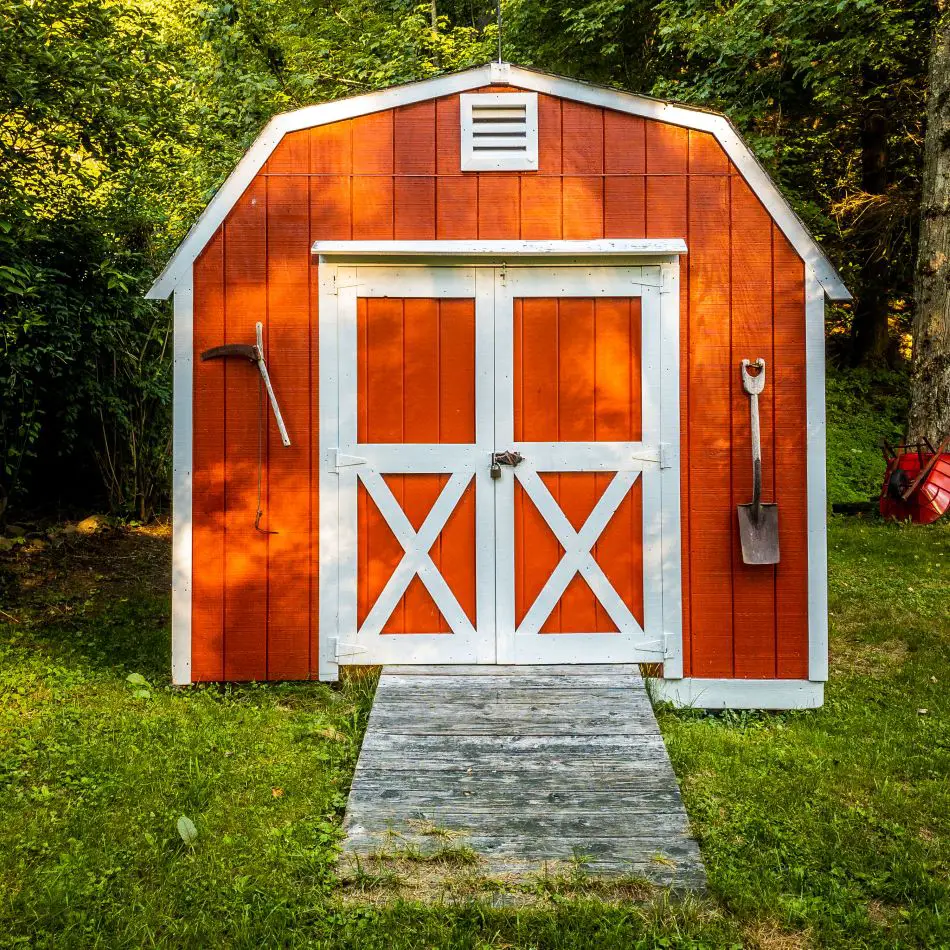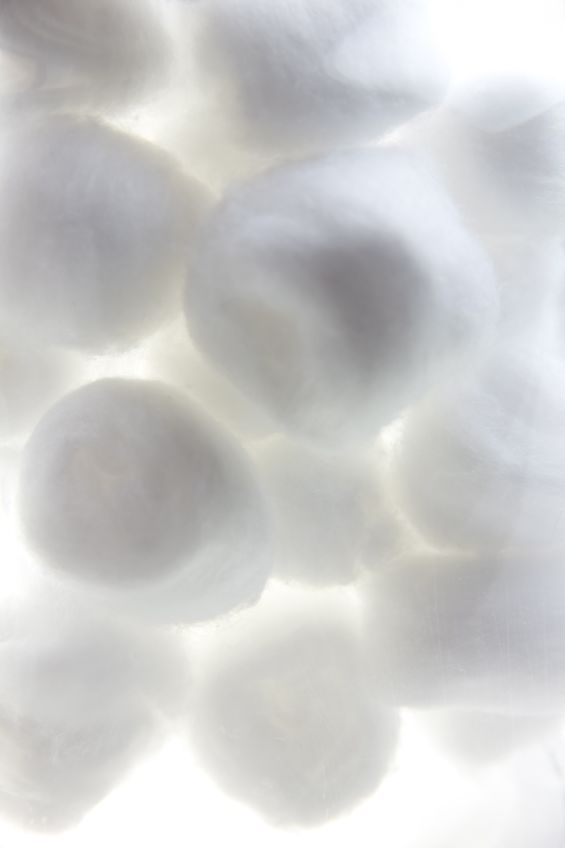Has a family of raccoons cozied up in your nice warm shed this winter? Would you like them to move out? Then ammonia is your best method of eviction. It’s inexpensive and easy to find. It’s available at the local grocery store, pharmacy, or hardware store. You can even get it on Amazon.

Ammonia works well to chase away most types of common pests.
- Raccoons
- Rats and Mice
- Squirrels
- Rabbits
- Opossums
- Bats
- Armadillos
- Snakes
- Certian Insects
- Other Animals With A Strong Sense Of Smell
I have used it successfully to chase both raccoons and rabbits away. Read on to find out why it works and how to use it, as well as what precautions to take.
Why Ammonia Works
One of the main reasons why ammonia works to repel raccoons and other small animals, like squirrels and rabbits is because of the smell. These animals have a strong sense of smell and the smell of ammonia imitates the scent of animal urine. This causes them to think a predator may live there already or be nearby.
Another reason ammonia is successful is that many of these small creatures, raccoons especially, like to keep their dens clean, and a soiled den is nowhere they want to live.
Note: Ammonia has not proven to be as successful with rats or mice if food is still available. The desire for food is usually stronger than the irritation of the ammonia smell. It may work for a short period of time, but if food is present, it won’t always work. For best results, make sure to remove their food source first.
Deployment Methods
There are several tried and true methods for placing ammonia around your shed.
Cotton Balls: Soaking cotton balls in straight clear ammonia is a great way to get into tight locations.

When I needed to place ammonia balls around my shed, I filled a gallon-sized zipper-lock bag full of cotton balls and then poured about two cups of ammonia into it. Using an old pair of cooking tongs, I picked the ammonia-soaked cotton balls out a few at a time and placed them in all the low corners of my shed. I also placed them by the door and in the area that appeared to be where the raccoons were nesting.
I noticed the next day the raccoons lurking near the shed but not going in. It didn’t take long at all for them to give up and go bother someone else. (They still come for my garbage pails every once and a while though.) To be on the safe side, I changed out the cotton balls a few times for three weeks. I’m not sure if that was overkill or not, but I really didn’t want my winter lodgers to return.
Bowls: You can also just place bowls of ammonia around. Many people prefer this method because it works well and is less messy than the cotton balls method. The ammonia smell is so strong that in a small enclosed space, a few bowls of ammonia will have no trouble penetrating the whole area.
Sprays: Spraying is an effective way to saturate an area.

I find spaying a mixture of 2/3 cup ammonia and 1/3 cup water around the outside base of my shed to be a deterrent to small creatures. I spray once a week in the spring and fall to discourage pests. Empty spray bottles are available at your local dollar store, hardware store, or online.
Click here for Amazon’s price for ammonia.
As an Amazon affiliate, we may earn a small commission from qualified purchases.
Nuisance Animals
In the suburbs of the northeast United States, where I live, we mostly encounter nuisance wildlife that can still reside in the burbs. Here we have small creatures such as squirrels, opossums, rats, mice, raccoons, skunks, rabbits, and groundhogs. We also have deer and bats that can be bothersome. Other areas have problems with creatures like armadillos, snakes, and coyotes. Ammonia has proven to work well as a repellent to them all.
Insects
Ammonia also has success as a repellent for many types of insects. According to EHow.com, Natural materials that produce a pungent or sharp odor, such as citrus and ammonia, repel insects that are attracted to sweet smells and fragrant flowers.
It’s a proven method to get rid of bed bugs, ants, and mites.
How Long Will The Small Last
When placed in a confined area, such as a garden shed, the ammonia smell should last up to seven days. If the space has little or no ventilation the smell can last quite a bit longer.
How To Get Rid of The Smell
Once your winter guests have moved on, you may find you also do not enjoy the smell of ammonia. There are several ways to get rid of the smell.
If the source of the ammonia can be removed (cotton balls or bowls), do so, then simply place a few bowls with a combination of lemon juice and vinegar around to help the ammonia smell disappear.
Baking soda also works well to absorb the ammonia smell. It can be placed in bowls or sprinkled on surfaces.
Both these methods should be replenished every few days until the smell goes away.
Precautions
When handling any chemicals there are precautions that need to be taken to keep us safe. Ammonia is no exception. OSHA guidelines state Ammonia is considered a high health hazard because it is corrosive to the skin, eyes, and lungs.
You should always wear protective gloves, eyewear, clothing, and a face mask for safety purposes. Leave the door and or windows of your shed open when placing the ammonia inside.
The New York State Department of Health recommends, To reduce the effects of exposure to ammonia, it is important to wash eyes and skin as quickly as possible with large amounts of water. There is no antidote for ammonia poisoning, but ammonia’s effects can be treated, and most victims recover. People who experience serious signs and symptoms (such as severe or constant coughing, or burns in the throat) may need hospital care.
Have the telephone number of your local poison control center handy in case you need it and always seek medical attention in case of an emergency.
